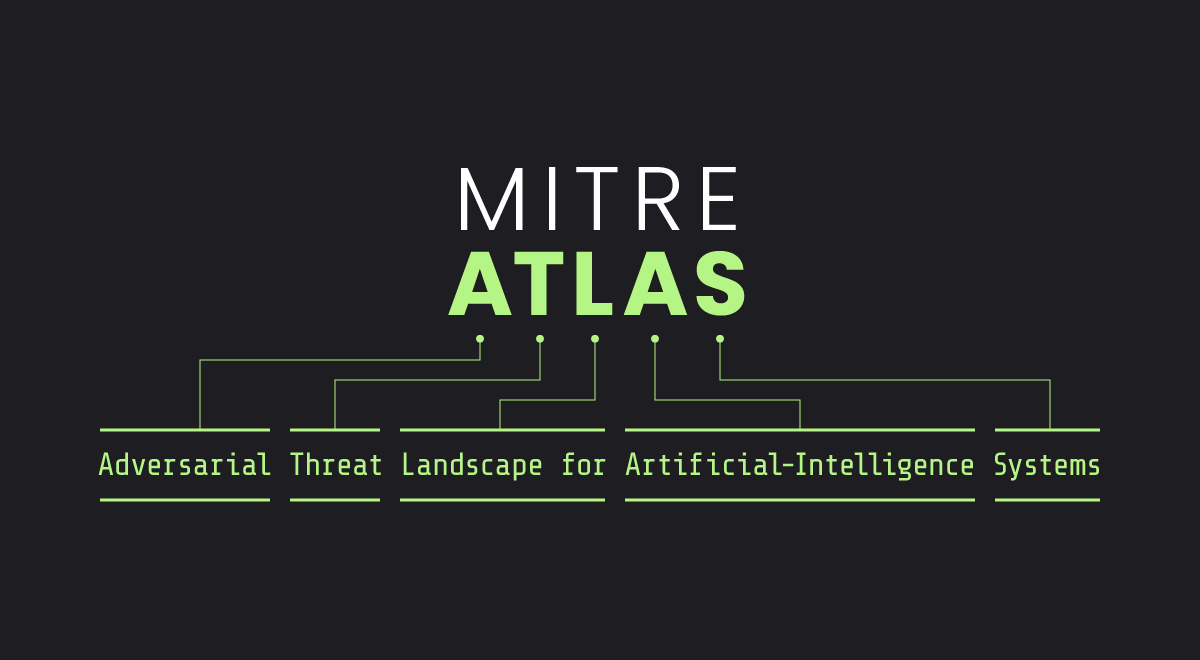DATE
October 1, 2025
Artificial intelligence is no longer a futuristic concept, it's a core component of your business strategy, powering everything from customer service bots to critical data analysis. But as AI systems become mission-critical, they also become high-value targets. Traditional security playbooks weren't written for this new paradigm, leaving many organizations exposed to novel and potentially devastating attacks.
This is where the MITRE ATLAS (Adversarial Threat Landscape for Artificial-Intelligence Systems) framework becomes an indispensable tool. It's time to move beyond reactive defenses and build a proactive, threat-informed security strategy for your AI.
What Exactly is MITRE ATLAS?

Think of the famous MITRE ATT&CK framework, which provides a globally accessible knowledge base of adversary tactics and techniques based on real-world observations in enterprise IT. ATLAS is the ATT&CK for AI.
It’s a comprehensive, publicly available knowledge base that documents the specific ways attackers target AI and machine learning systems. ATLAS breaks down adversarial behavior into distinct tactics (the "why" of an attack) and techniques (the "how"), all supported by real-world case studies from academic research and public incidents.
It provides a common vocabulary that bridges the gap between data scientists, security teams, and business leaders, allowing everyone to speak the same language about AI risk.
Relying on traditional cybersecurity measures alone to protect your AI is like installing a great firewall but leaving the front door wide open. AI systems have unique vulnerabilities that require a specialized approach. Adopting ATLAS offers three immediate advantages:
Integrating a new framework can seem daunting, but you can start making a tangible impact by following a structured approach.
First, visualize every stage of your AI system’s lifecycle. This typically includes:
With your pipeline laid out, use the ATLAS matrix to identify the most relevant adversarial techniques for each stage.
Now, for each mapped threat, assess your current defenses. Ask the tough questions:
This analysis will quickly reveal your most critical security gaps.
You can't fix everything at once. Prioritize the gaps that pose the greatest risk to your organization. This is where specialized solutions become critical. For instance, to counter prompt injection and other input-based attacks on your LLMs, implementing robust LLM security guardrails is not just a "nice-to-have"—it's a direct and necessary control to mitigate a well-defined ATLAS technique.
As AI becomes more autonomous and integrated into our operations, the consequences of a breach will only grow more severe. Waiting for an attack to happen is not a strategy.
By leveraging MITRE ATLAS, you can build a resilient, threat-informed defense that protects your AI investments and secures your organization's future. It provides the blueprint for understanding your adversaries. The next step is to build the shield.
At Rival Security, we provide the essential guardrails to protect your LLMs from the very threats outlined in ATLAS. See how our solution can help you implement a robust, proactive defense.